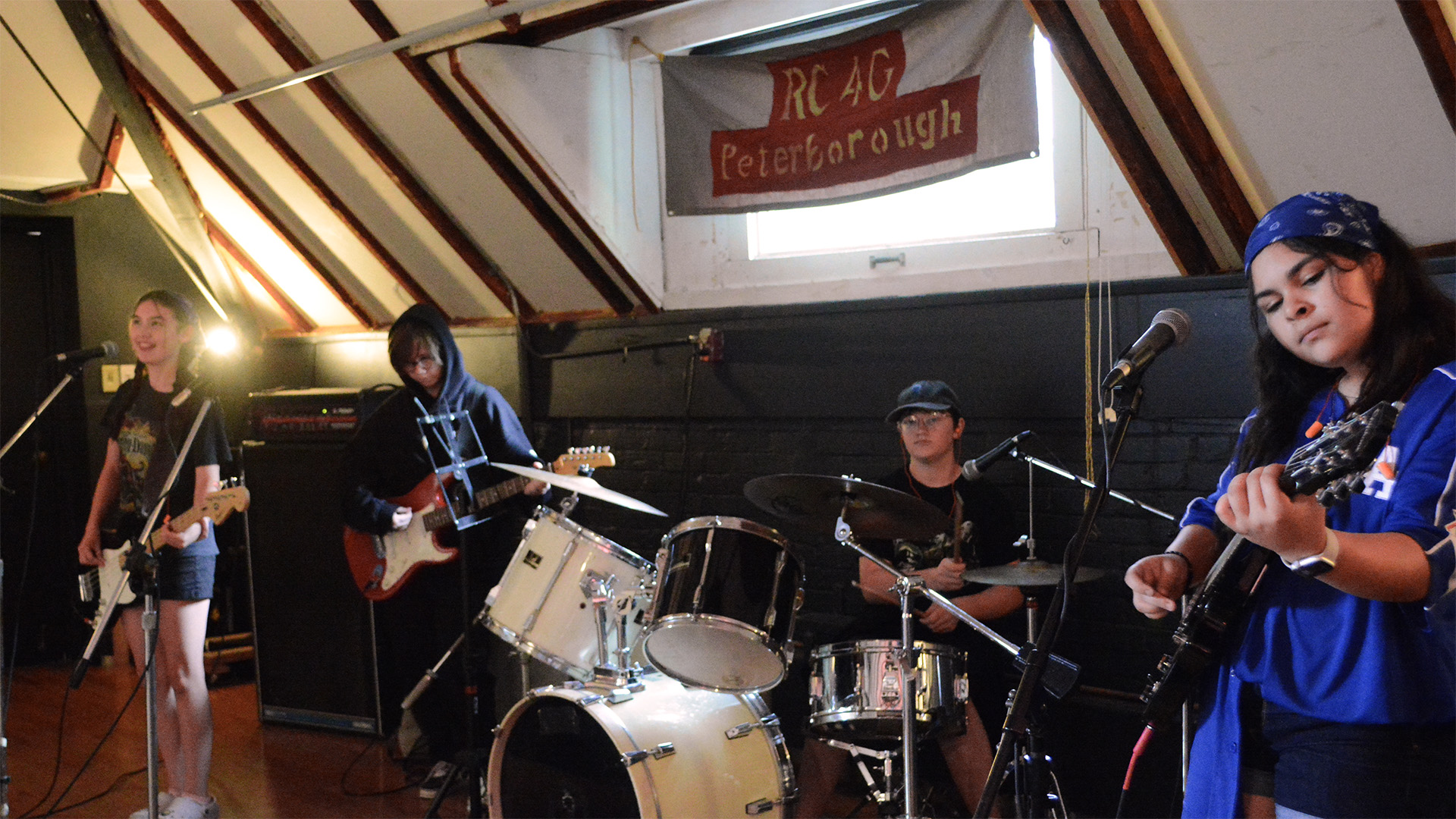Music has been an essential tool that transcends all boundaries of communication, fuels our mind, hence our creativity and imagination; it is essentially the embodiment of a universal language.
The instruments used to create the art of music have been essential components and this article will review the origins of five musical instruments.
Tambourines
Long before the tambourine made the infamous arrival in Western musical scene, Ojibwe and Cree people in what is now Canada, in several Middle Eastern cultures, in South India, China and in Eastern Europe, were using tambourine-like instruments.
In ancient Egypt, tambourines served spiritual purposes as they were used by temple dancers, and used in festivals and processions by the Greeks and Romans.
Mozart in the 18th century introduces tambourines to the classical music world and are now often times associated with folk music.
Kettle Drum
In Western cultures commonly associated with the military; the earliest versions of kettle drums date back to 4000 B.C.E. in Mesopotamia.
Based on instructions inscribed on artifacts, it is believed they were used throughout the ancient Middle East and in many Islamic cultures. Their association with militaristic uses can be traced by their arrival in Europe through soldiers returning home from crusades.
Guitars
The origins of the guitar can be traced back to the African continent and the New World, the colonial reference to indigenous land. Furthermore various indigenous people in the Caribbean utilized variations of the guitar to fit their traditional music.
Although the 1930s and1940s saw the pioneering of the electric guitar leading to the use of guitars in genres such as jazz and blues, it was rock and roll that popularized it.
Accordion
Historical use of the accordion can be traced to wind instruments used by African and Asian communities.
The distinctive sound created by free reeds when air passes by them is a variation used by ancient Chinese communities for over 2000 years. The modern accordion use can be traced to Austria in the early 19th century.
Harps
The earliest evidence of the harp is found in Ancient Egypt and Abyssinian (now Ethiopia and Eritrea) communities around 2500 BC. The modern versions of the harp appeared in Ireland around the 18th century.
The transcendent effect of music can be traced to how the origins of musical instruments are diverse.


.png)


.jpg)


.jpeg)



.jpg)

.jpg)









.png)